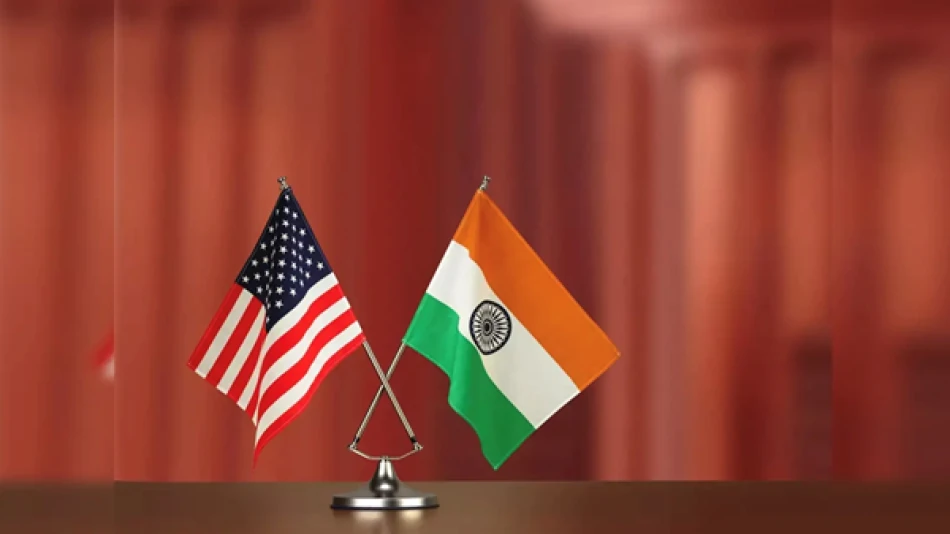
Indian Minister Discusses US Tariffs in High-Level Diplomatic Talks
India-US Trade Talks Accelerate Despite Trump's H-1B Visa Crackdown
Indian Commerce Minister Piyush Goyal will travel to the United States on Monday to fast-track stalled trade negotiations, even as the Trump administration implements harsh new visa restrictions that could severely impact India's lucrative IT services sector. The diplomatic push comes after both sides described recent talks as "positive," suggesting momentum toward a deal despite escalating trade tensions.
High-Stakes Diplomacy Amid Rising Tariffs
The timing of Goyal's visit underscores the urgency both nations feel to resolve their trade disputes. Last Tuesday, a US delegation led by Brendan Lynch, Assistant US Trade Representative for South and Central Asia, met with Indian officials in New Delhi. India characterized those discussions as "positive" and "forward-looking," marking a potential thaw in relations after months of tit-for-tat trade measures.
However, the diplomatic overtures are complicated by Trump's aggressive trade policies. Last month, the US imposed punitive 25% tariffs on Indian imports effective August 27, bringing total tariffs to 50% on certain goods. This escalation followed India's retaliatory measures against earlier US trade actions.
The H-1B Visa Bombshell
Trump's latest move—requiring companies to pay $100,000 annually for H-1B visas starting Saturday—represents a direct assault on India's $200 billion IT services industry. Indian firms like Tata Consultancy Services, Infosys, and Wipro have historically been major users of H-1B visas to deploy skilled workers at US client sites.
This visa restriction could force a fundamental restructuring of how Indian IT companies operate in their largest market. The policy mirrors similar "America First" initiatives that have targeted skilled immigration, but the scale of the fee increase—from roughly $5,000 to $100,000—is unprecedented and likely to price out many Indian firms from the visa program entirely.
Sticking Points That Could Derail Progress
While both sides express optimism, fundamental disagreements remain unresolved. Washington continues to demand greater access to India's protected agriculture and dairy sectors—a politically sensitive issue for Prime Minister Narendra Modi's government, which relies heavily on farmer support.
India, meanwhile, seeks restoration of its preferential trade status under the Generalized System of Preferences, which Trump revoked in 2019. The country also wants clarity on whether the new H-1B fees will be part of any broader trade agreement discussions.
Market Implications and Global Context
For investors, the talks represent both opportunity and risk. A successful US-India trade deal could unlock significant market access in the world's largest democracy, particularly in sectors like defense, energy, and telecommunications. However, the visa restrictions create immediate headwinds for Indian IT stocks, which have already faced pressure from automation and changing client demands.
The negotiations also reflect broader shifts in global trade dynamics. Unlike China, India maintains democratic institutions and strategic alignment with US interests in the Indo-Pacific, making it a natural partner for Washington's efforts to diversify supply chains away from Beijing.
The Path Forward
Goyal's visit will test whether the recent diplomatic momentum can overcome substantive policy differences. The success or failure of these talks could set the tone for US-India economic relations well beyond the Trump presidency, as both nations seek to deepen ties amid growing concerns about China's regional influence.
The stakes extend beyond bilateral trade numbers. For India, securing a deal would validate Modi's economic diplomacy and provide crucial market access as the country seeks to become a manufacturing hub. For the US, a partnership with India offers strategic leverage in Asia while potentially creating American jobs through increased exports to India's massive consumer market.
Most Viewed News

 Layla Al Mansoori
Layla Al Mansoori






